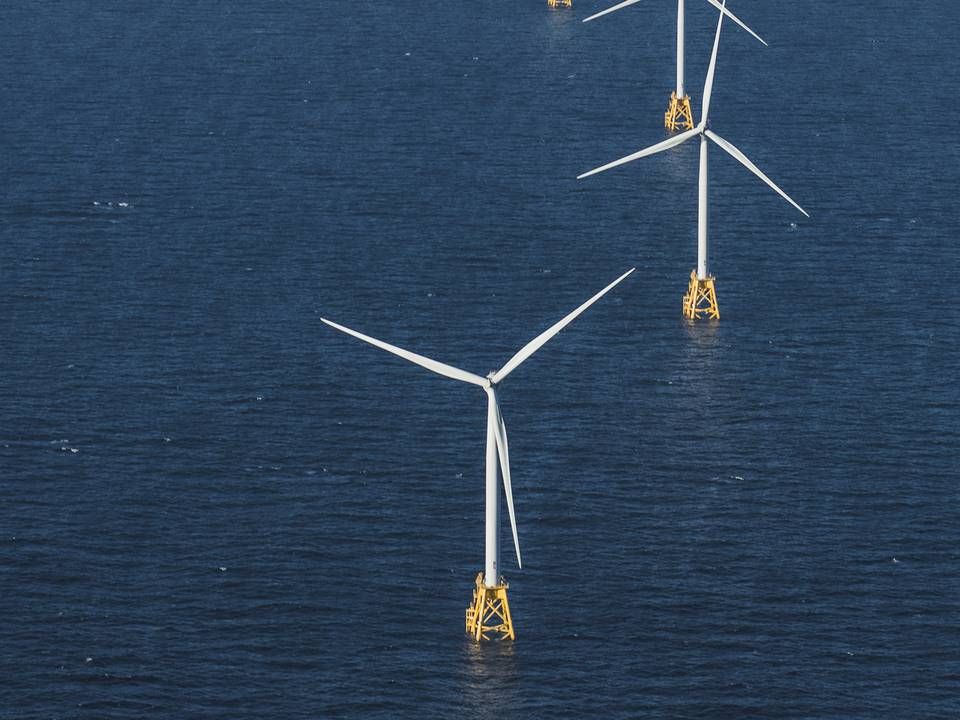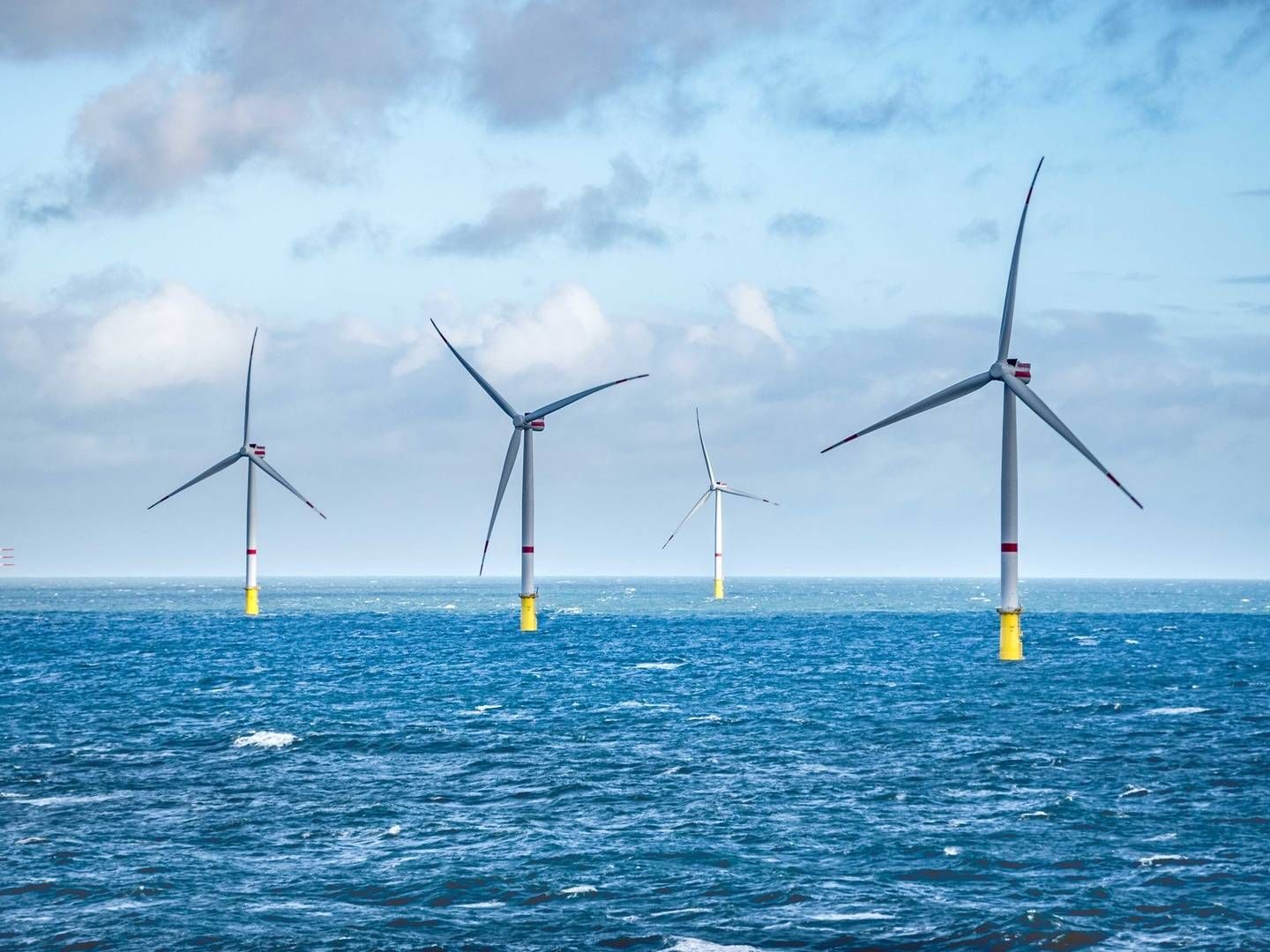Shell-EDPR JV wins Massachusetts wind tender
.jpg)
Shell and EDP Renewables have won Massachusetts' second big offshore wind tender. Network companies and the state's department of energy selects Mayflower Wind, a joint venture formed by the oil and gas supermajor and the Portuguese utility, to develop the 804 MW facility in 2025.
"Mayflower Wind is proud to have been selected to provide low cost renewable energy to Massachusetts," writes Mayflower Wind President John Hartnett in a statement.
Precise details have not yet been disclosed, but Mayflower Wind reveals that, measured across the project's lifecycle, its price is lower than the USD 84.23 per MWh bid that led Copenhagen Infrastructure Partners and Avangrid's Vineyard Wind to victory in the commonwealth's first offshore wind tender.
"The selected bid offers competitive pricing that will benefit the state’s ratepayers while developing a renewable, Commonwealth-produced energy resource," says Massachusetts Vice Governor Karyn Polito about the nomination. The statement adds that Mayflower Wind's bid offered "a more competitive price with greater economic development opportunities" than any other tender participant.
Expensive license
Shell and EDPR have otherwise had a more challenging starting position than Vineyard Yard had, which is in part because the JV paid markedly more for its seabed site lease - it was one of three licenses sold last December and which, following an auction process that lasted for several days, was declared sold for a price of USD 135 million – and in part because Mayflower Wind will most likely not be able to exploit the Investment Tax Credit subsidy scheme, upon which a great deal of Vineyard Wind's project financing relies.
This latter aspect in particular has been a central concern about the current state of limbo affecting the state's first offshore wind farm. In August, the the Vineyard Wind project was struck by an unforeseen delay, when the federal authority Bureau of Ocean Energy Management (BOEM) announced it required additional environmental impact assessments to map out the cumulative repercussions the facility will have on the local fishing industry.
This also means the project license will be granted next year at the earliest – which casts major doubt on whether Vineyard Wind be able to qualify for the expected tax rebate, as the support scheme is in the process of being phased out. This will depend on how the project developers intend to activate the aid, but ITC will not be available if construction begins later than New Year's.
No to Vineyard and Bay State
This uncertainty did not cause Vineyard Wind to abstain from submitting a bid for the follow-up project. But CIP and Avangrid, which were also among the highest bidders in last year's site lease auction, were unable to repeat their initial success. Similarly, Bay State Wind, owned by Ørsted along with local utility Eversource, walked away from Massachusetts empty handed. In 2015, Ørsted was the first international player to invest in the commonwealth's budding offshore wind market.
On the other hand, Mayflower Wind is the first example of British-Dutch oil company Shell succeeding since three years ago, when the Shell-led consortium won the tender for Borssele 3+4 in the Netherlands. In the interim period, the company's partnership with EDF lost a tender in New Jersey, which alloted the 1.1 GW to Ørsted's project.
The above doesn't do much to change the fact that the oil industry in the process of securing a real breakthrough within offshore wind. This is being led by Equinor, which in recent months has reaped the rewards of new projects in both New York State, the UK as well as its home country of Norway. However, the other big European fossil fuel outfits like Total and Eni are counting on following suit.
The winning bid in Massachusetts' second tender will need to followed up with a concrete contract, which will be negotiated between regional network operators and Mayflower Wind by Dec. 13. Now with the total allocated capacity of 1.6 GW, the state has technically already reached its goal to see 1.6 GW of offshore wind installed by 2027. However, Massachusetts is considering doubling that target to 3.2 GW by 2030.
English Edit: Daniel Frank Christensen
BOEM says interest in the US has exploded in recent years
Ørsted exec closely monitors US developments after Vineyard delay
Total mulls offshore wind acquisitions
Related articles
BOEM says interest in the US has exploded in recent years
For subscribers
Total mulls offshore wind acquisitions
For subscribers


















.jpg&w=384&q=75)






